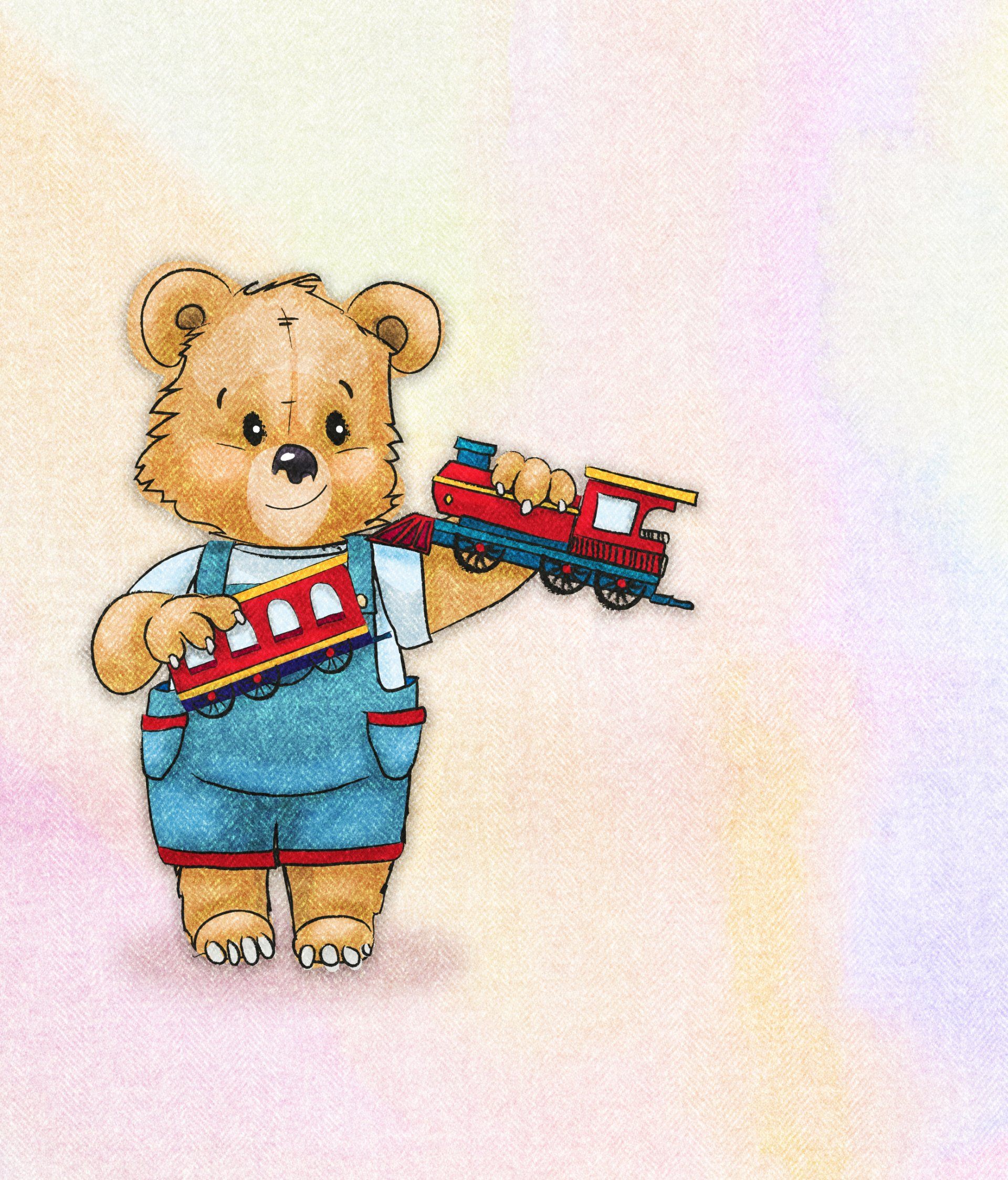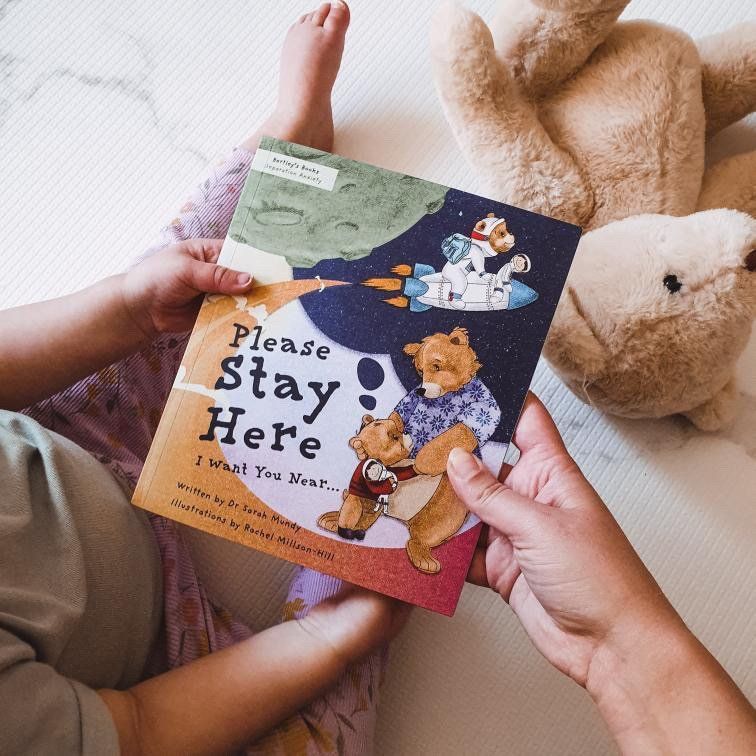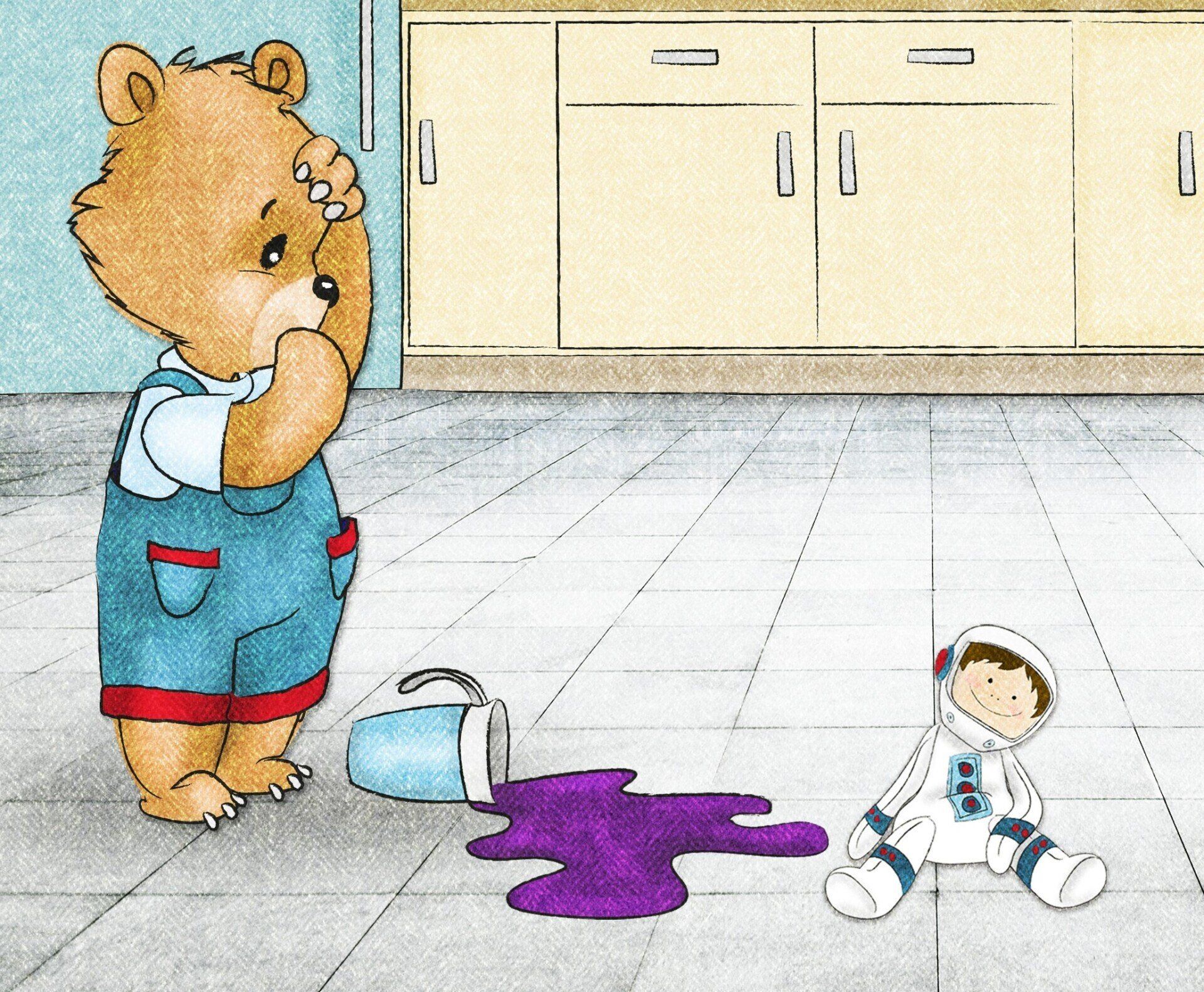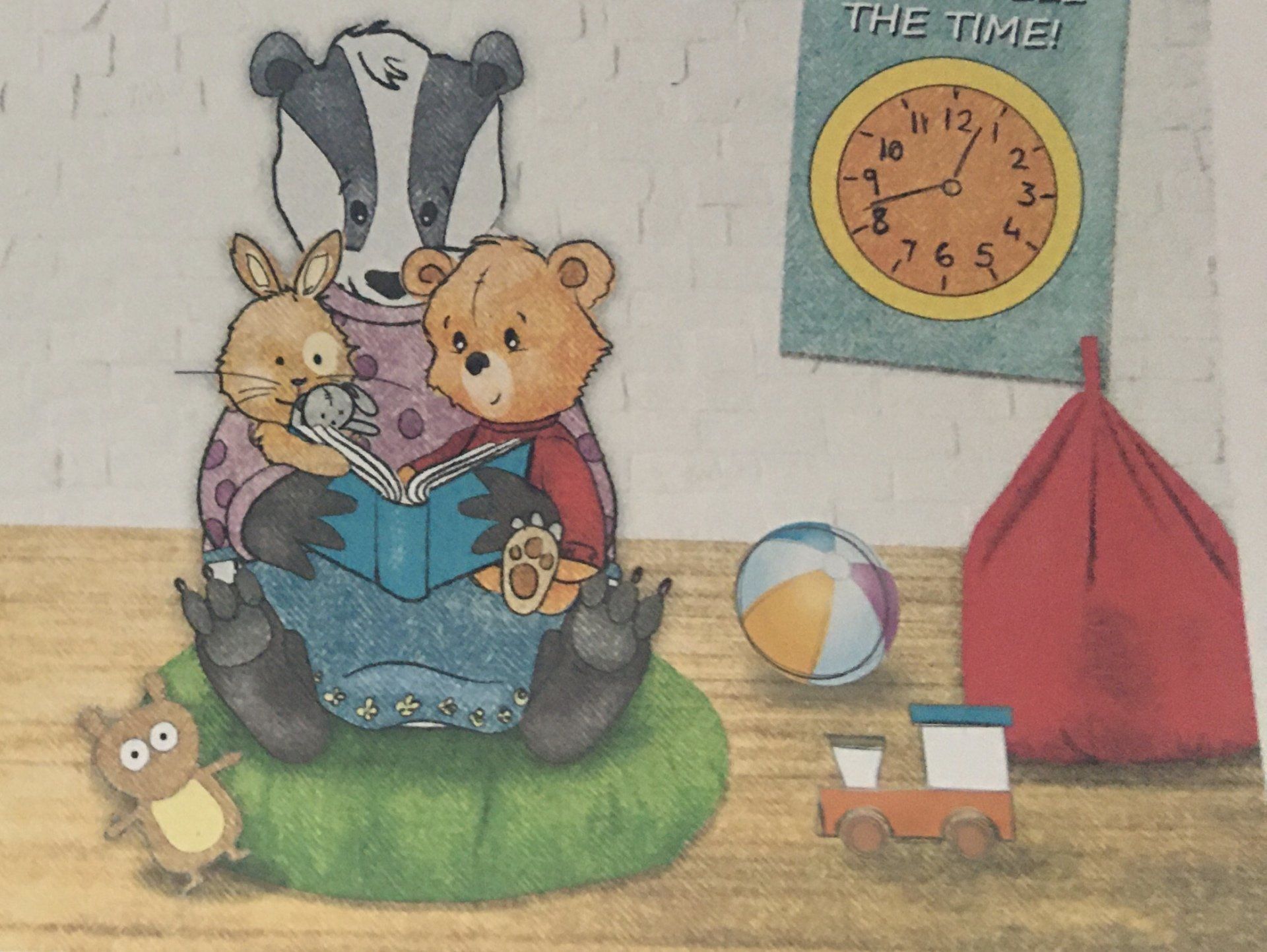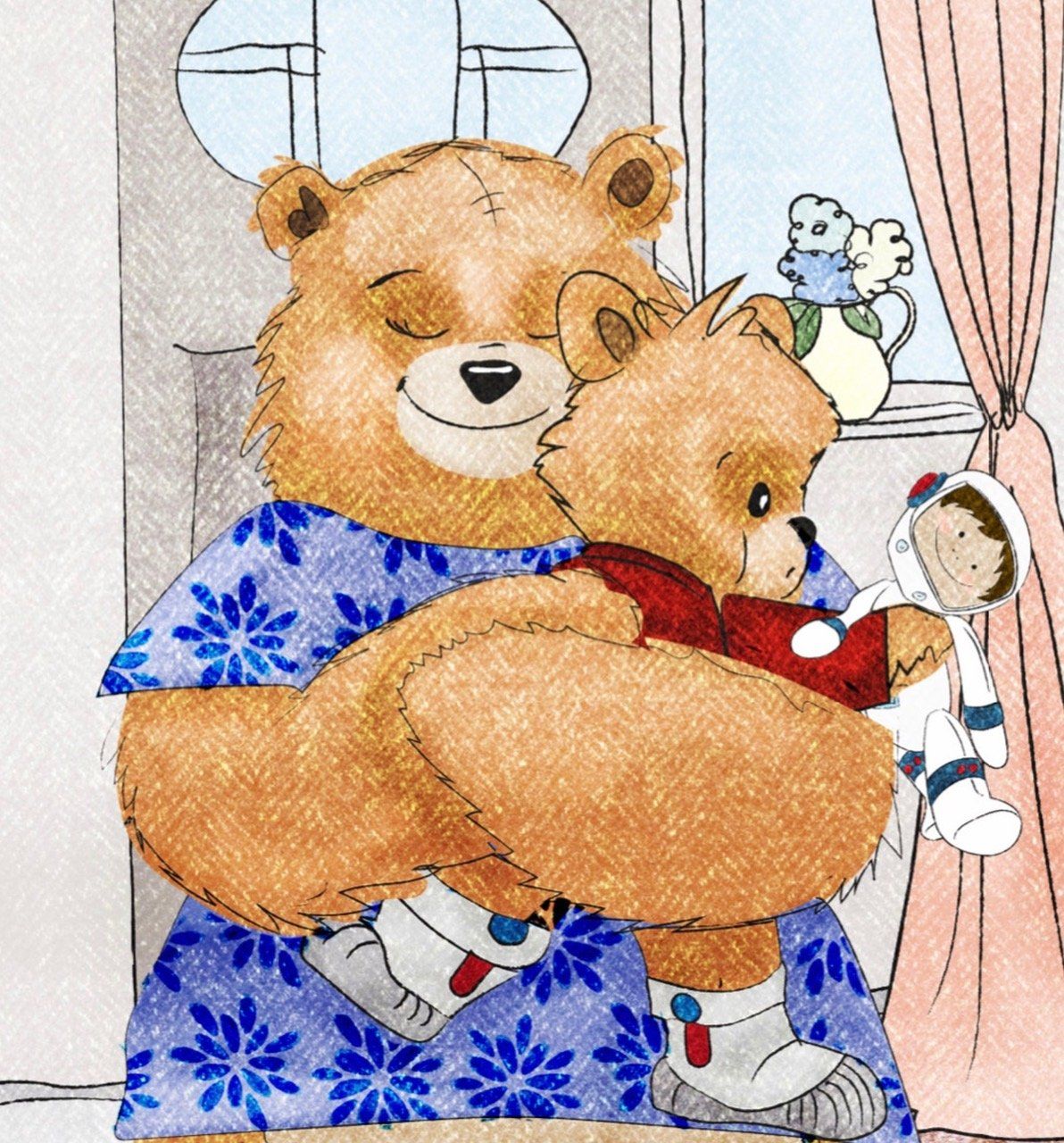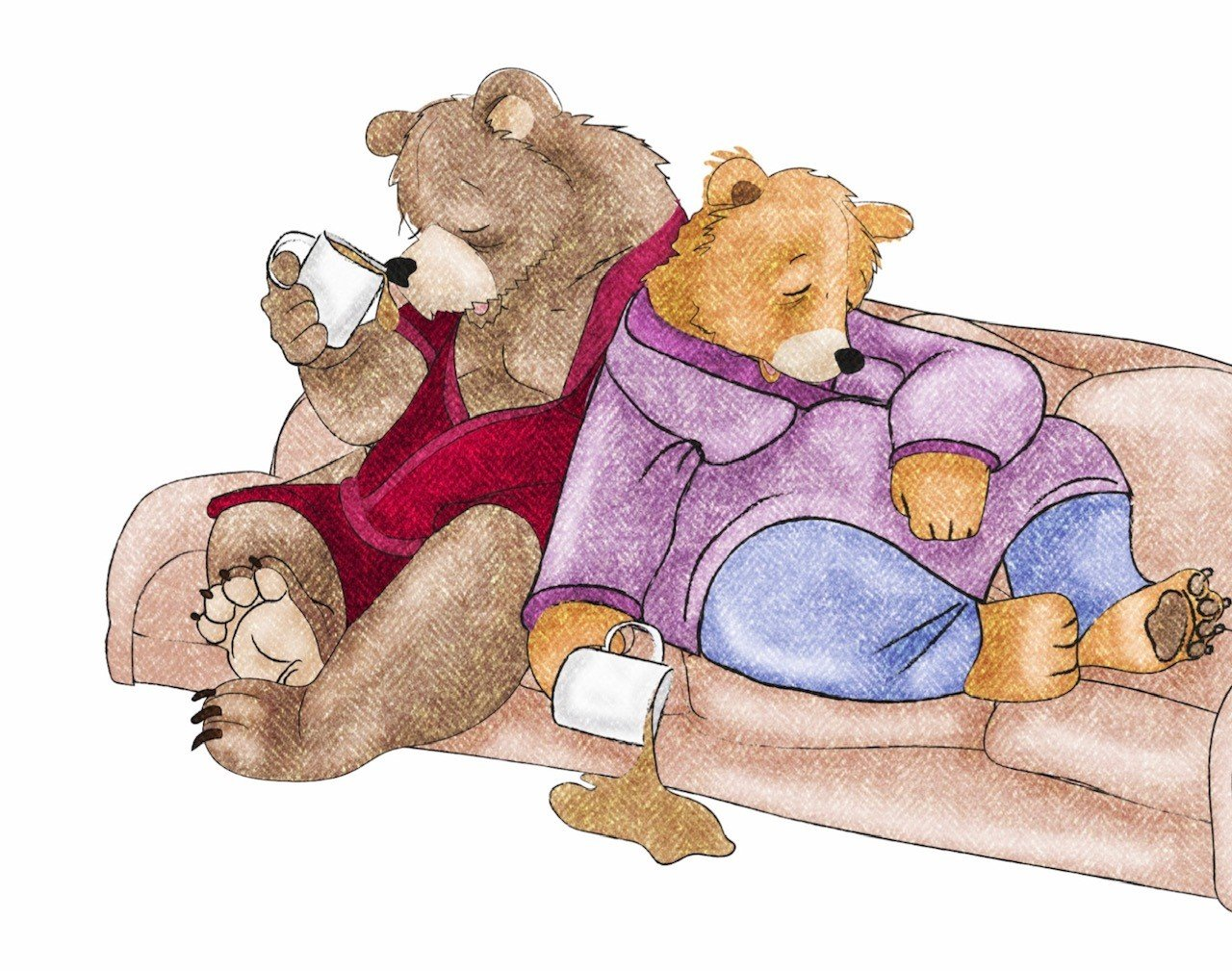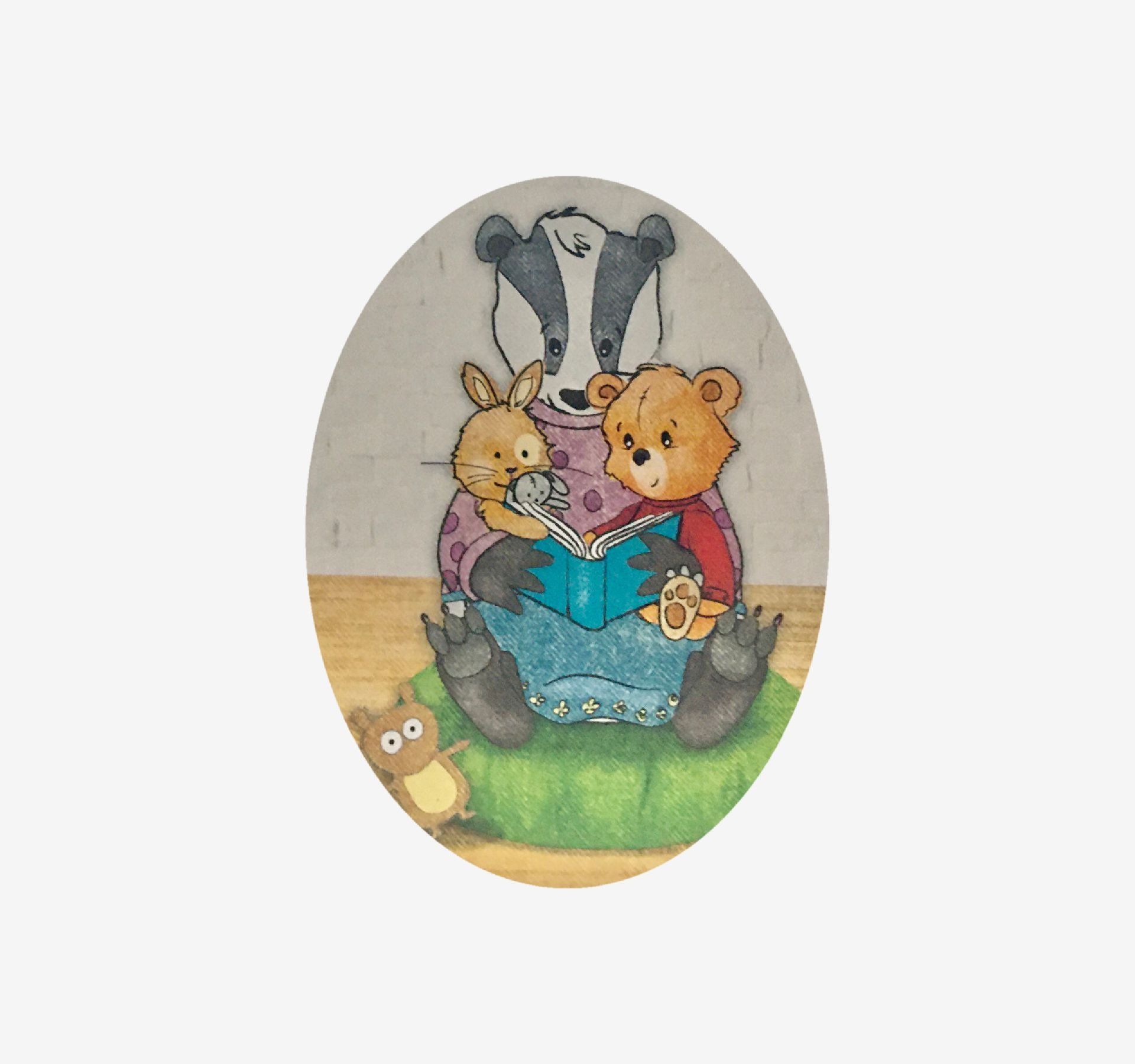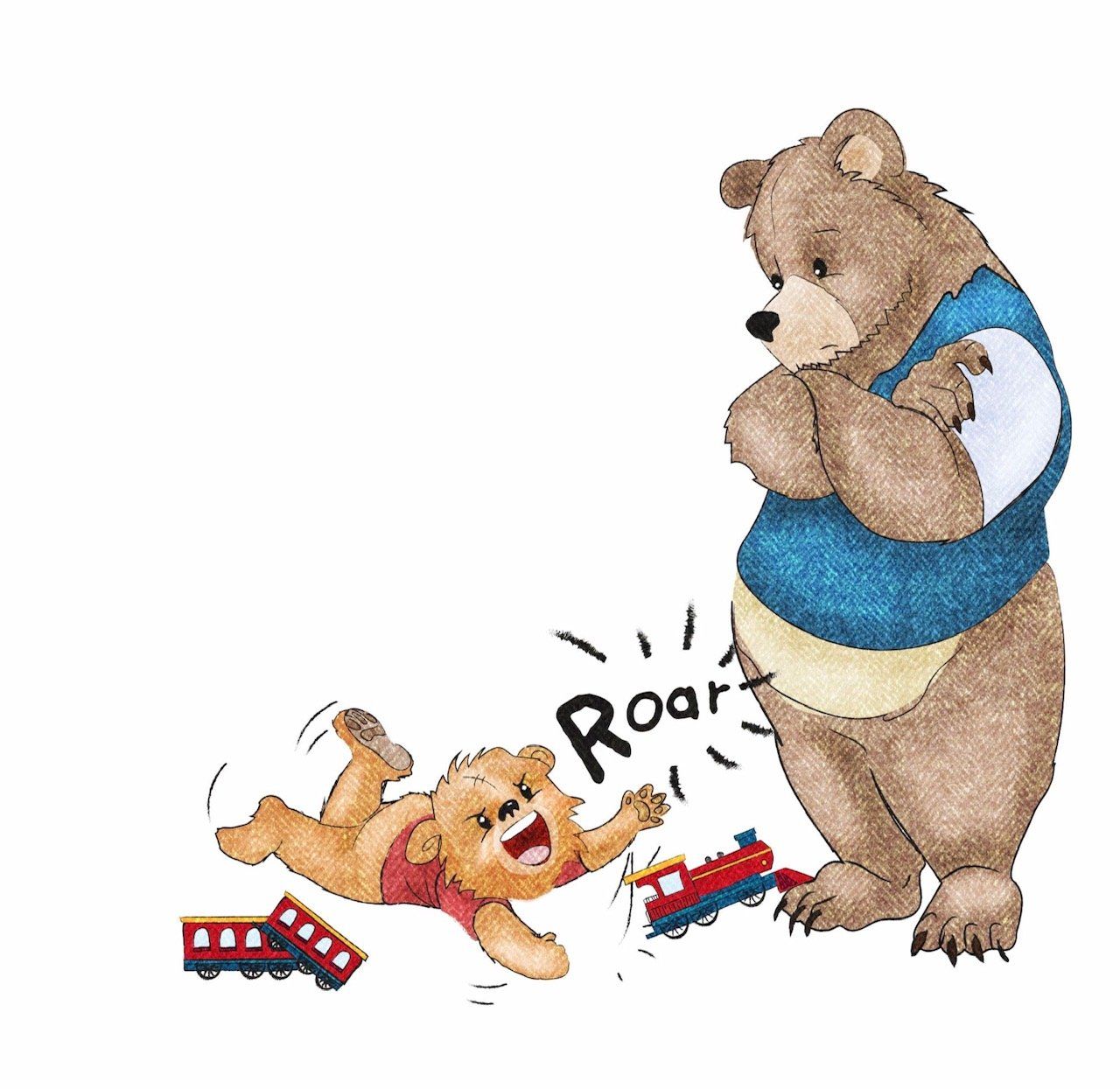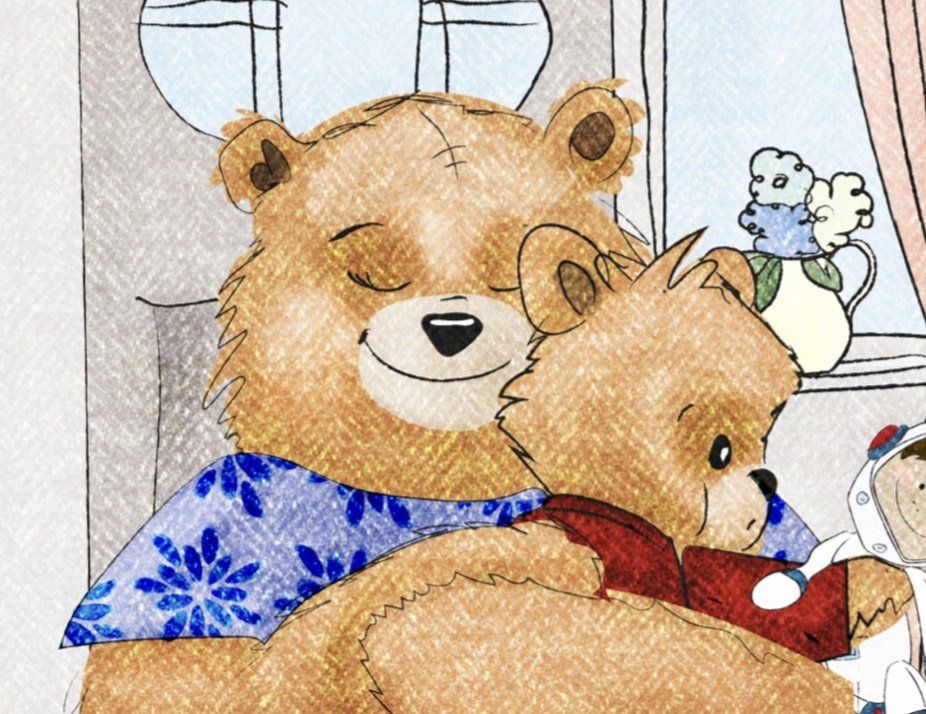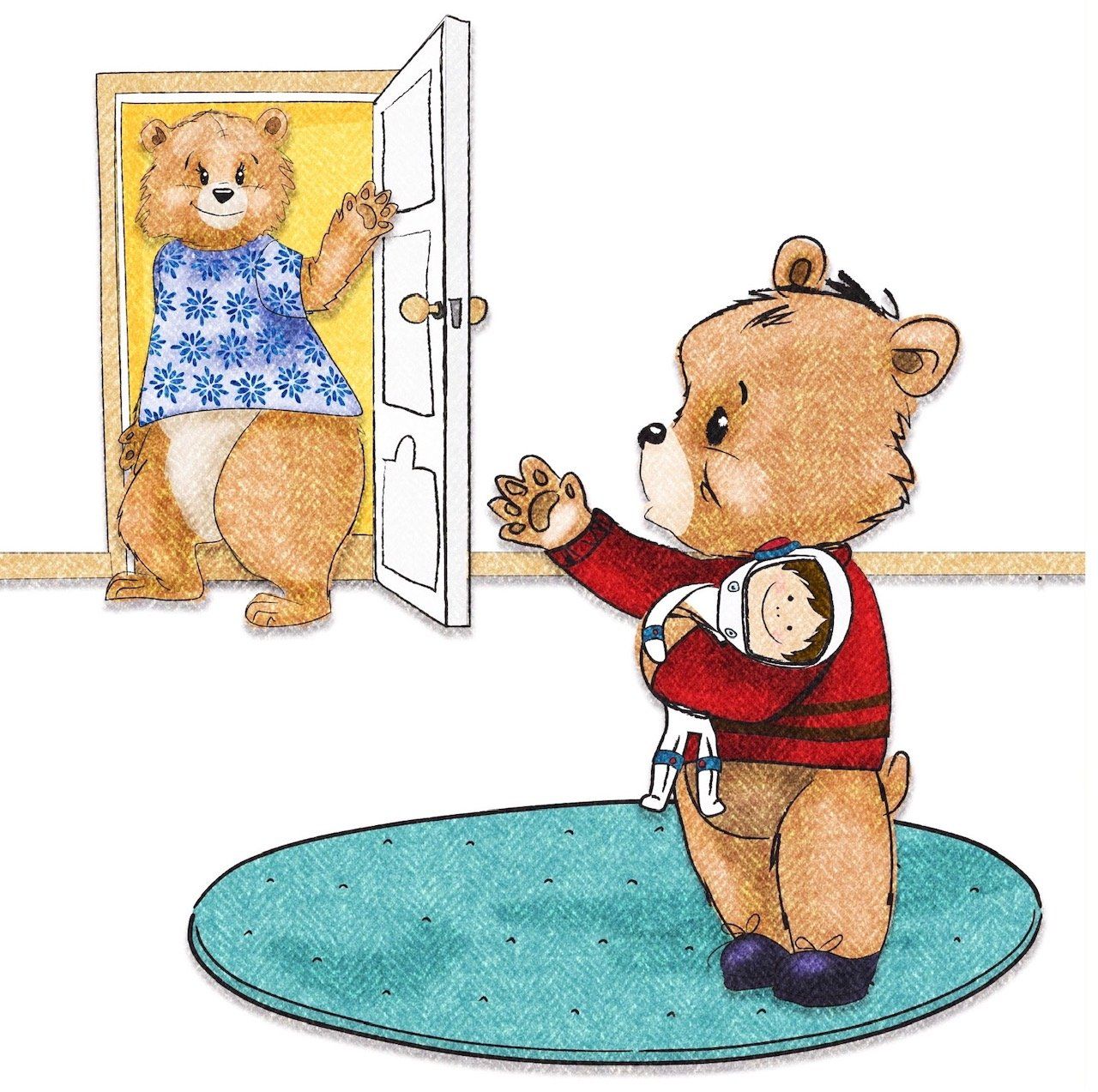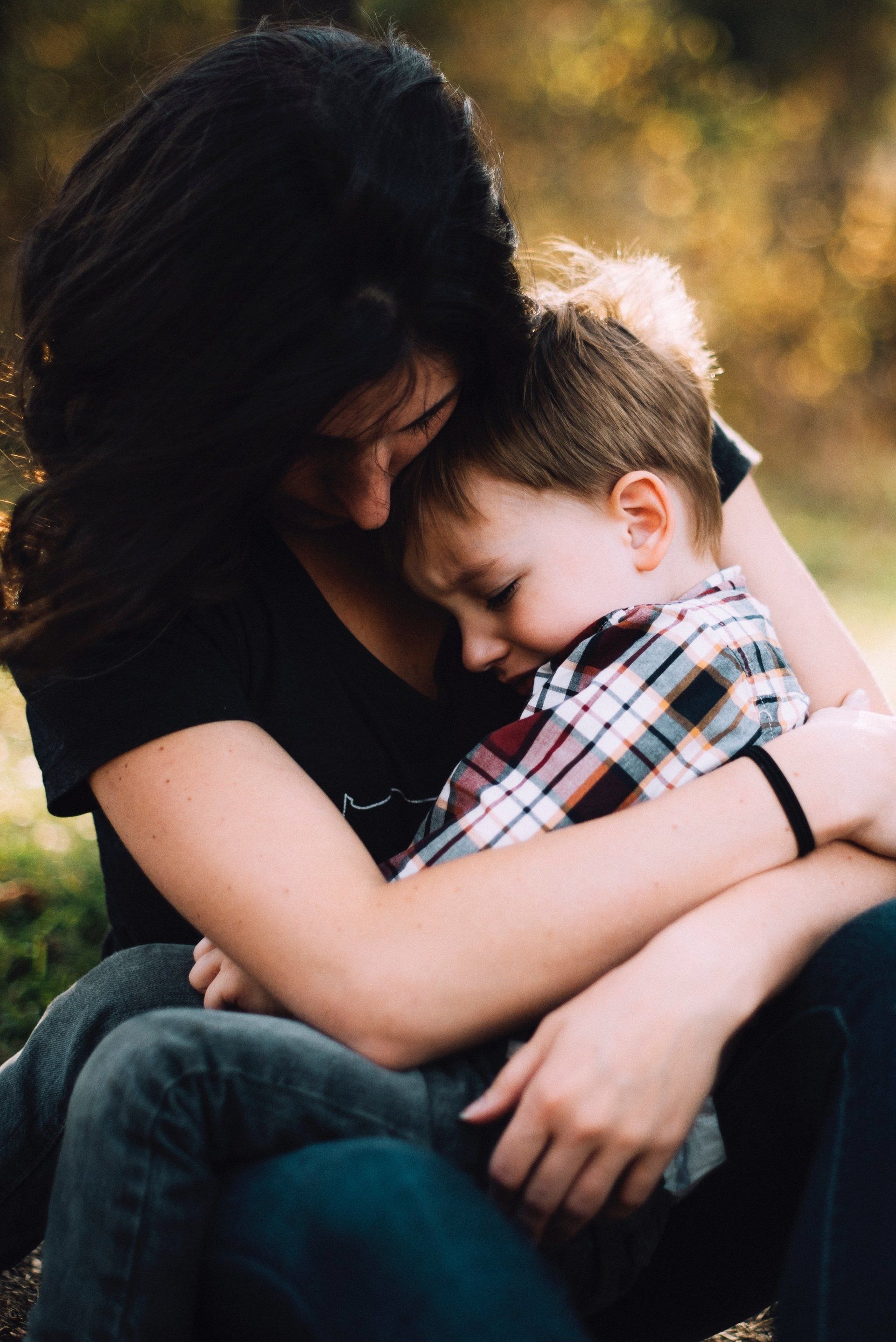Smooth settling in - a guide for professionals - how to support little ones with separation anxiety
It’s distressing for everyone involved. For Mum, for the child, for the other children who are already in the room, and not least for you. You know from experience that they will settle down and be OK, but that doesn’t make it any easier in the moment. And you know, too, that poor Mum has headed off to work feeling guilty and upset, so it’s unsurprising when she phones 15 minutes later seeking reassurance from you.
These experience are likely to be more pronounced at the moment, with children having fewer, if any, opportunities to practice separating from their parents, with collective anxiety at a huge level and with normal settling in sessions, with parents in the room, being unavailable.
Separation anxiety is a normal part of growing up, commonly starting around the age of 6 months and often still present at 3 years. It usually shows that a child feels safe with their parents and would prefer to be with them. This is normally the sign that a healthy relationship has formed but can feel very difficult to manage, particularly when you are the one responsible for prising the child off their parent - which may make you feel like you are contributing to their stress.
As a toddler’s brain develops, they start to learn that they are dependent on their parent or caregiver. They rely on them to act as a safety net while they begin to develop independence and explore the world. But unfortunately, children take a while to learn that each time their parent goes away, they will come back. Until this is understood, or they have learned that they can trust you to take up the ‘safety’ mantle, they will unsurprisingly feel unsettled.
While this may be a regular stage of development, it can still make things a little tricky when it comes time to attend nursery, pre-school and the like. So how can you, as an early years practitioner, make the transition easier for all involved?
How can we manage separation anxiety in a childcare setting?
Working with children in their early years, you have an important role to play in helping to manage the distress felt by both the child and the parent facing this situation. And a great place to start is simply by reassuring them that separation anxiety is entirely normal, and by helping the child to understand what they’re feeling.
Remember you are the professional, you have the qualifications and the experience, and you know your stuff. Parents will value your judgement about how best to deal with this. Particularly if it’s not something they’ve come up against before.
First, it’s important to be aware of the factors that can increase separation anxiety, so you can begin to understand and even preempt when a child may begin to feel upset. Gently ask questions of parents about any changes that might be going on at home.
Also take note of variations in your own childcare setting. Have things been moved around? Are there new staff or visitors in the room? Anything that feels unfamiliar may cause an anxious child to feel less safe and reach out for reassurance.
Changes of routine, too, can impact a child’s emotions and increase their need for parental support. This could be something as simple as transitioning back to childcare after a holiday, a period where bedtimes have not been consistent, or even the arrival of a sibling.
It’s not just about the child…
Of course, when we train to work with young children, we may not realise that it can be just as - if not more - important to work with and support the parents too. They also need helping to manage their anxieties (alongside those of the child). It’s an important part of helping each child to settle in and thrive. In fact, it is often the relationship you build with the parent that goes a long way to helping a child to settle well. If they observe you getting along and ‘connecting’, a little one is much more likely to begin to trust you (as their ‘safe base’) to help them manage their feelings too.
It’s hard to manage separation anxiety being shown by one child when you have other children to focus on. Don’t be afraid to talk about what’s going on and explain why one of the children is feeling a bit sad. It’s fine to say to everyone that Johnny is finding it hard to leave his Mum, but that you are going to help him learn that he will be OK without her. This will not only help the child to feel validated and begin voicing their feelings, but will help others understand and build empathy in the wider group. My 3 year old certainly takes great pleasure in helping other children come into pre-school when they are struggling. He shows them things they can play with together and tells them they will be OK. Sometimes your little army of children can be a great support.
Try to stay close to the distressed child but check in with the others. Don’t expect that the child will be able to calm down alone - they need you to help soothe them (known as co-regulation - you can find out more about this in a previous blog.
And remember, in any difficult situation your first step should always be to manage your own emotions. Only then can you support both the child and the parent in the best way.
Practical tips for supporting families who are struggling with separation anxiety
If you are working with a child who finds it particularly difficult to separate from their primary caregiver, there are lots of things you can do to help ease the drop-off experience. Try some of these for starters:
- Make it clear that what is happening is normal. Validate the feelings of the child and encourage the parent to keep repeating the fact that they will come back. Once the parent has gone, continue to reiterate this to the child and then use the same words again when the parent reappears later. This will help to reinforce the idea that while Mum or Dad may be gone, they will come back as they always have before.
- Encourage parents to talk to children about what to expect. If a child can picture the place they’re going to, if they know what their routine will look like and the rules they’ll be expected to follow, things will seem a lot less scary.
- Recommend that parents introduce a transitional object. Something that reminds the child of them. Perhaps mum and daughter could wear matching hair clips, or a little heart could be drawn on the parent and child’s hand.
- Offer a call-in service to help you build trust with parents. Suggest they ring half an hour after they’ve left. And in the meantime, reassure them that you will call if there is a problem. This will help to contain anxieties by giving parents a timeline and putting their mind at rest.
- Take the lead. When it comes to separation anxiety, prolonging goodbyes benefits no one. So take the lead and be firm but fair. Try confidently stating, “Mummy is going to go to work, you are going to come with me now. I know it is hard and you are going to miss mummy. Mummy will miss you too, but she will be back later.” This will help Mum to feel you have things under control and importantly offers empathy to the child.
- Recommend talking about bodily feelings. Suggest that the parent introduce physical ways to help their child feel calmer. Walking or skipping to school instead of driving, for example, or taking 5 minutes in the morning to do some stretches together. Even a few breathing exercises or a sing-along to a favourite song in the car might help reset the emotional thermostat.
- Support children to increase their independence gradually. Encourage parents to introduce little pockets of time where they are out of sight, to help little ones learn that they will always come back. Depending on COVID-19 restrictions, this could be at Grandma’s or on a playdate or even as part of nursery or childminder settling in sessions.
- Suggest parents use stories to talk to their children about their feelings. Sitting down to share a beautiful picture book can be a great way to explore emotions and the language around them. My Bartley Bear book, Please Stay Here – I Want You Near, is designed to help parents and children understand separation anxiety, the feelings they are experiencing and to facilitate a conversation around the topic. And it works perfectly for circle time in a nursery / early years setting too.
- Remember, emotions are contagious. While separation anxiety can be hard to watch and manage, if you can stay calm, you have a far greater chance of helping the children in your care - and their parents - stay calm too.
For further reading have a look at my parenting handbook. This draws on my experience as a child psychologist, with loads of straightforward information about dealing with a range of tricky topics, as well as top tips for managing separation anxiety in particular.
You, as a childcare expert, may find this useful for building your knowledge of attachment theory and emotional and behavioural development in the early years and give you practical tips to manage everyday challenges. It’s short and sweet meaning both you, and parents, should be able to get through it without it adding to that pile of reading you mean to do!
I remember my little one having lots of separation anxiety when he first started pre-school. The way I coped was by trusting the pre-school to handle it sensitively. He now thrives there (I think he thinks he is one of the teachers!) So thank you to all of you for helping children understand and cope with their feelings and for supporting parents to do the same.
For the perfect way to support and facilitate a conversation about separation anxiety with a child and their parents, you’ll find the first in the series of Bartley’s Books, Please Stay Here – I Want You Near available on Amazon or in our shop. You can also download a free guide to helping school starters manage the transition to big school here.
